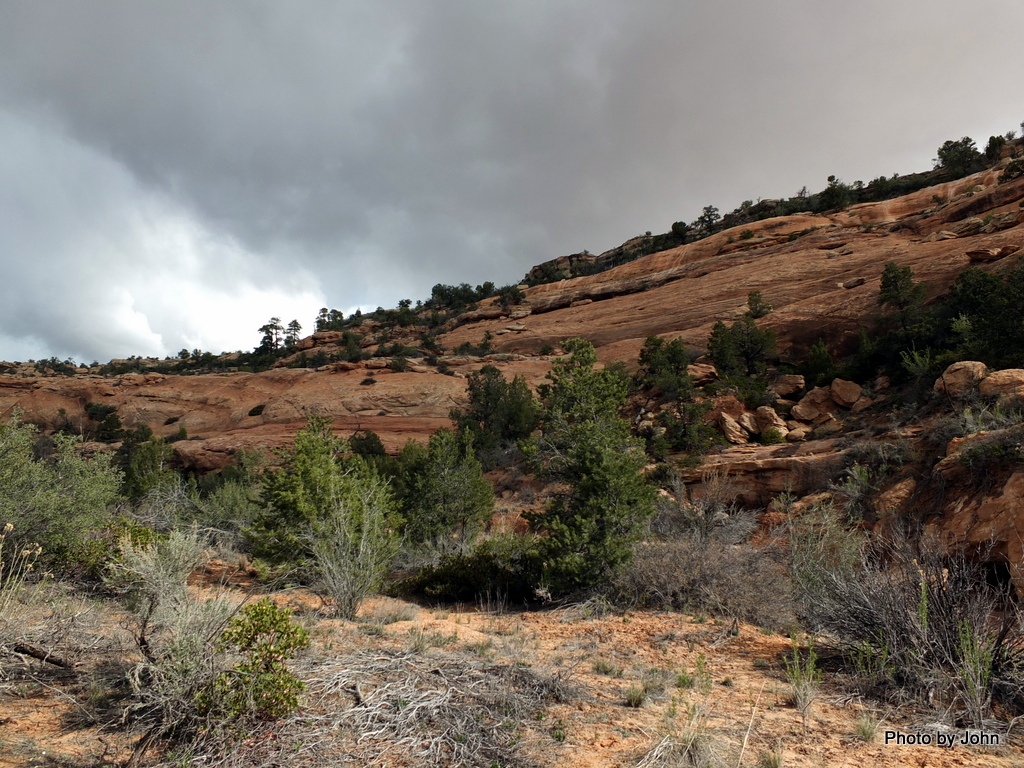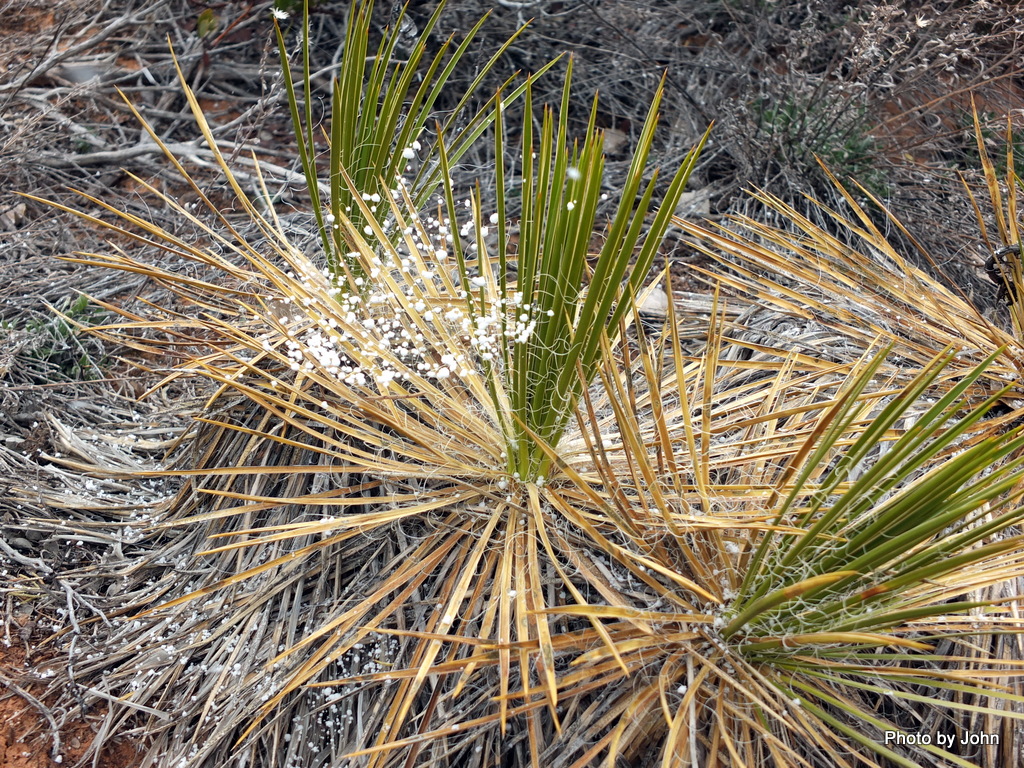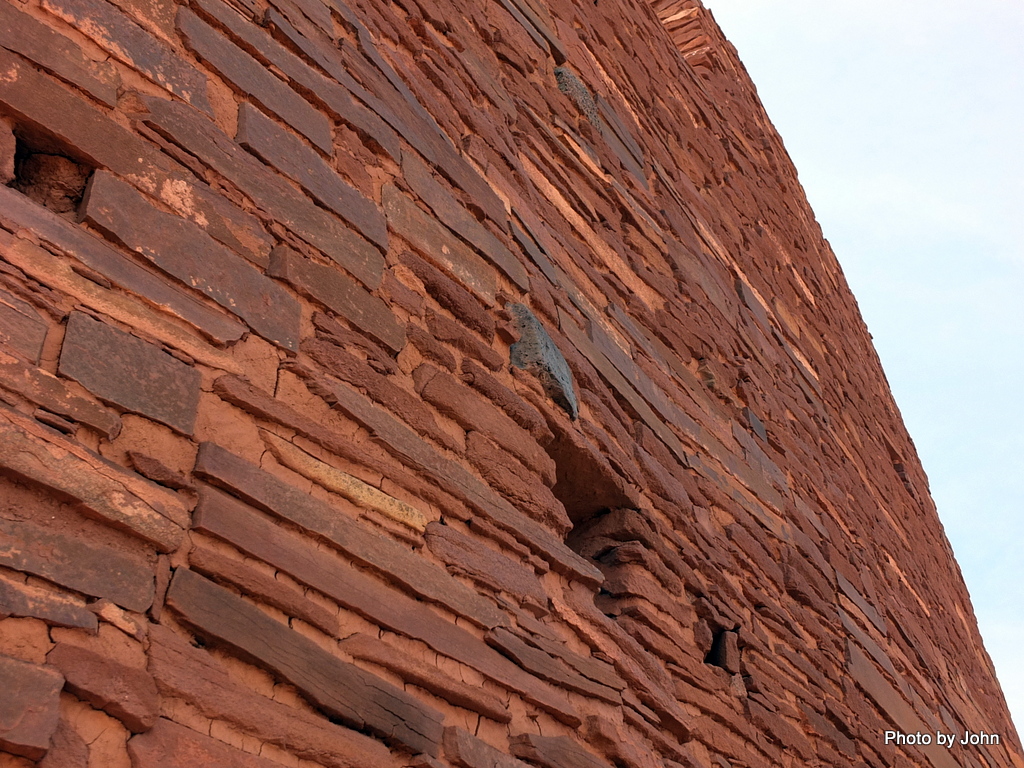Suzy, our Garmin GPS, wanted to lead me astray, but
I’d already done some homework on the location of the Navajo National Monument.
I knew that I needed to turn on Arizona 564, right after passing the coal
loading silos from the infamous Black Mesa mine. Black Mesa is the source of
coal for the power plant in Page that creates the smog that blankets the Grand
Canyon.
It’s 9 miles up the road to the Monument. Beautiful
country, but it comes with a couple caveats. There is a length limit because of
turn around space at the end of the road. The sign near the highway says no trailers
over 28 feet. Total length limit is 40 feet with any single unit limited to 28 feet.
As you get to the top of the hill, you may or may not
see the small warning sign. They don’t use speed bumps.
Rather, they use concrete gutters that will
rattle your teeth unless you cross them at a crawl. There are several, and not
all of them are signed. Since they are formed of concrete so they’re different than
the pavement IF you’re paying attention. Don’t ask me how I know…
Once you get there, if you try to get to the Canyon
View Campground, you’ll find this road. It’s the 10 miles of unpaved road from
Shonto that Suzy thought would be a good idea for me.
The overlook trail was about 2 miles r/t from my spot
in the campground. It was going to be difficult to get lost since this trail
was paved from the Visitor Center to the overlook.
The Betatakin cliff dwelling view point is across the
canyon. The ranger led hike drops 700 ft into the canyon to access the
dwellings. By the time I arrived, the settlement was in shadows.
There are quite a few reasonable intact rooms stage
right including a few with wood rafters. The structures on stage left didn’t
seem to fare as well with a few shorter walls and foundations remaining.
There is lots of bare slickrock in the area with trees
showing lots of character as they struggle to survive.
and a few clumps of color that caught my eye. No idea
what kind of plant it is, but I appreciated the color that it added.
I stayed at the Sunset View campground where it got
down to 38 degrees thanks to the 7200 ft elevation. A beautiful place that was only about 25% full.
This post uploaded and scheduled thanks to the fast wifi with dinner at Twin Rocks Cafe in Bluff, Utah.
This post uploaded and scheduled thanks to the fast wifi with dinner at Twin Rocks Cafe in Bluff, Utah.






























